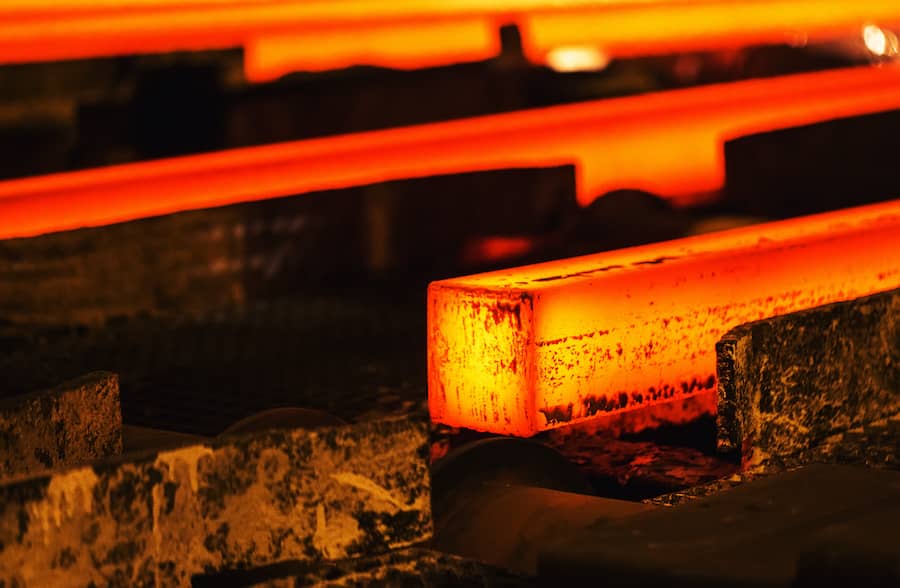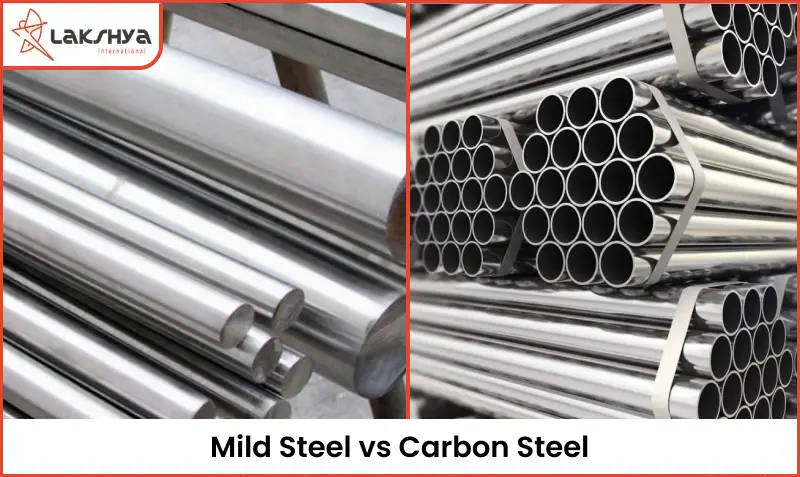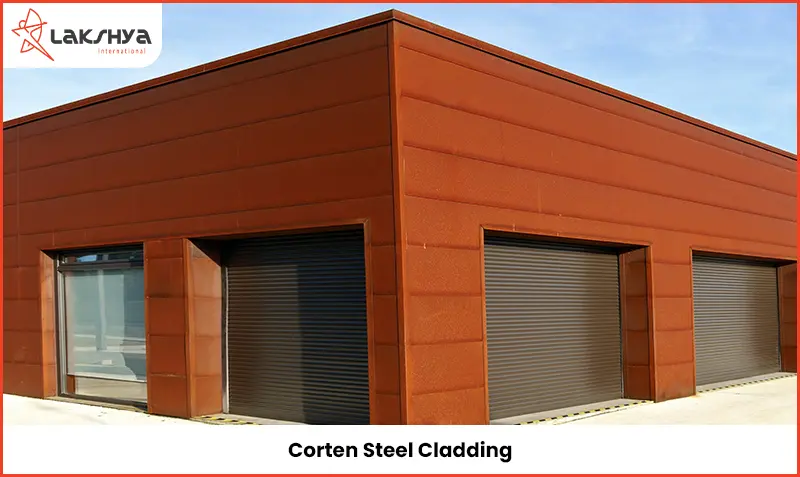Introduction
The oil and gas industry employs a wide range of advanced techniques. One such crucial technique is the use of heat treatment. It is an essential stage in the creation of a number of materials used in the oil and gas industries. To achieve the desired result, such as the hardening or softening of a substance, it involves heating or cooling a substance to excessively high or low temperatures. For mechanical engineers taking oil and gas courses, this is a crucial idea.
To form metal into a specific shape or structure, specialized processes must be used. However, some methods are used to restore metals to their initial state. Heat treatment involves heating the metal without allowing it to melt or reach the molten state, followed by precisely controlled cooling to achieve the desired mechanical properties. The metal may be strengthened by heat treatment, or it may become more malleable, abrasion-resistant, or ductile.
Heat treatment techniques
All significant topics pertaining to manufacturing, materials used, and processes can be found in an online piping engineering course. Heat treatment techniques are one of these important topics. The various heat treatment methods that are frequently employed in the oil and gas industry include:
Normalizing
Normalizing is one of the Heat Treatment processes that involves heating steel to a critical temperature, holding it there for a sufficient amount of time to cause transformation, and then cooling it in air.
Normalization leads to an improvement in toughness and flexibility. The normalizing procedure is frequently applied to metals that need to have their microstructure adjusted after thermal or mechanical hardening treatments. After normalization, the metal’s ductility is restored and its hardness is reduced.
Annealing
Materials undergo a heat process called annealing to become more pliable and less stiff. Annealing improves a material’s capacity for shaping. It is far more challenging to bend or press forcefully against brittle materials without creating a material fracture. This problem is solved via the annealing procedure.
Tempering
Tempering is a heat-treatment method used to increase the durability of iron-based alloys. Tempering is typically done after hardening to reduce some excess hardness. The metal is heated for a predetermined period of time at a temperature lower than the critical point, then allowed to cool in still air. Tempering reduces internal tension and brittleness.
Hot forming
A procedure is known as hot forming results in permanent deformation after the plate has been heated to the temperature required to produce grain refinement. In this method, the metal object, which can be a sheet, bar, tube, or wire, is softened using heat. The metal is then put under pressure to alter its shape. The hot forming method, which maintains relatively tight tolerances, can be used to produce numerous complex pieces. These are the four primary heat treatment processes used in the manufacture of steel, though there are many others.
Read More :
What are Food-grade stainless steel and its benefits? : Steel is used a lot in Indian homes for cooking and eating because it is cheap, lasts a long time, and doesn’t rust. Even though stainless steel is used everywhere in the home, do we really know if the stainless steel we use is safe for our bodies?
Steel Pipes used in Process Industries: As a result of their composition of iron and other metals, such as aluminum, manganese, etc., steel pipes offer more strength and durability than iron pipes.




